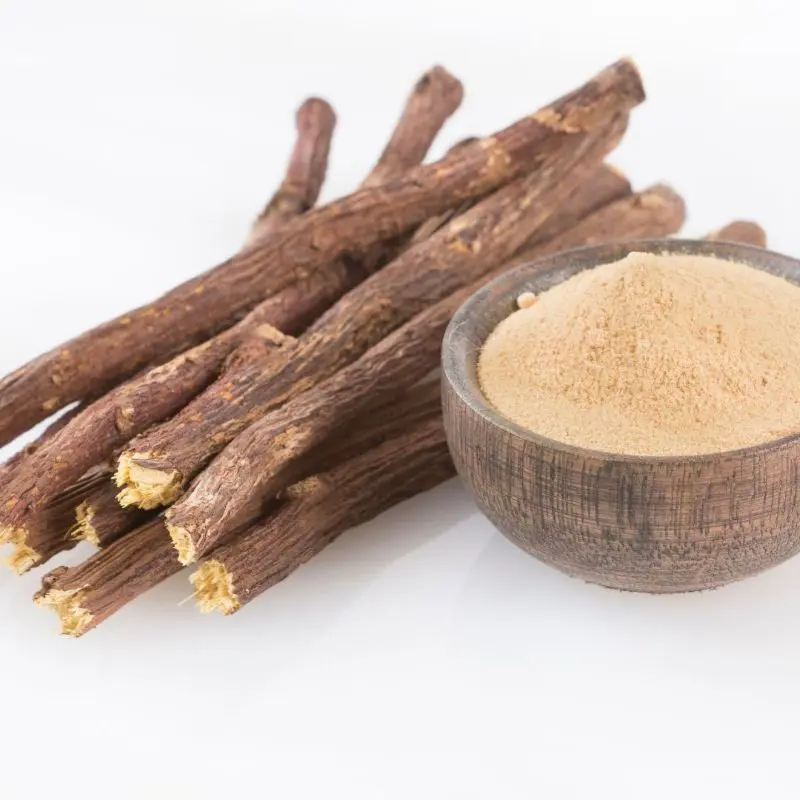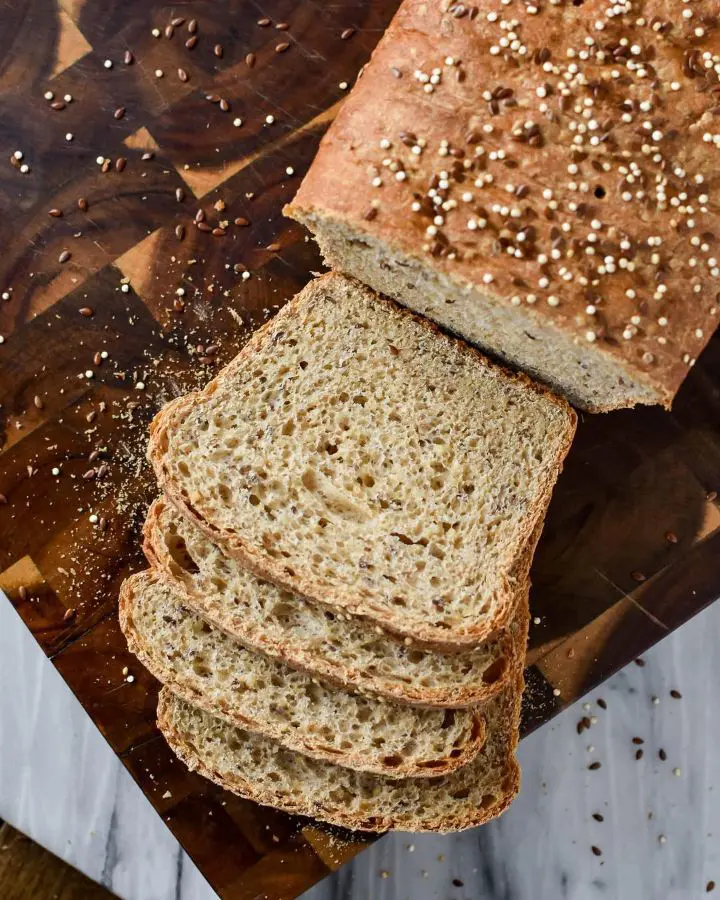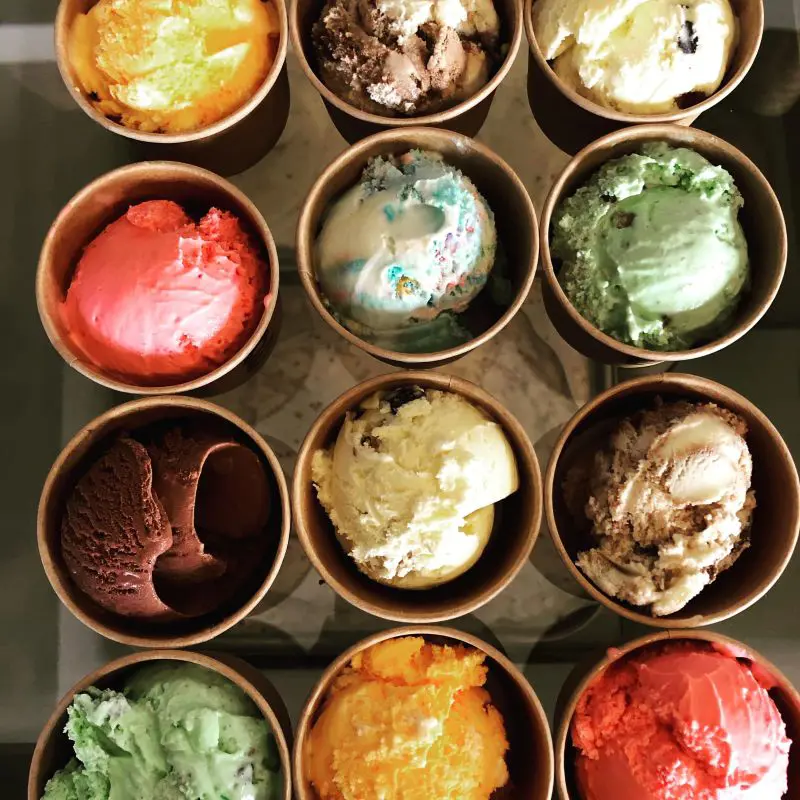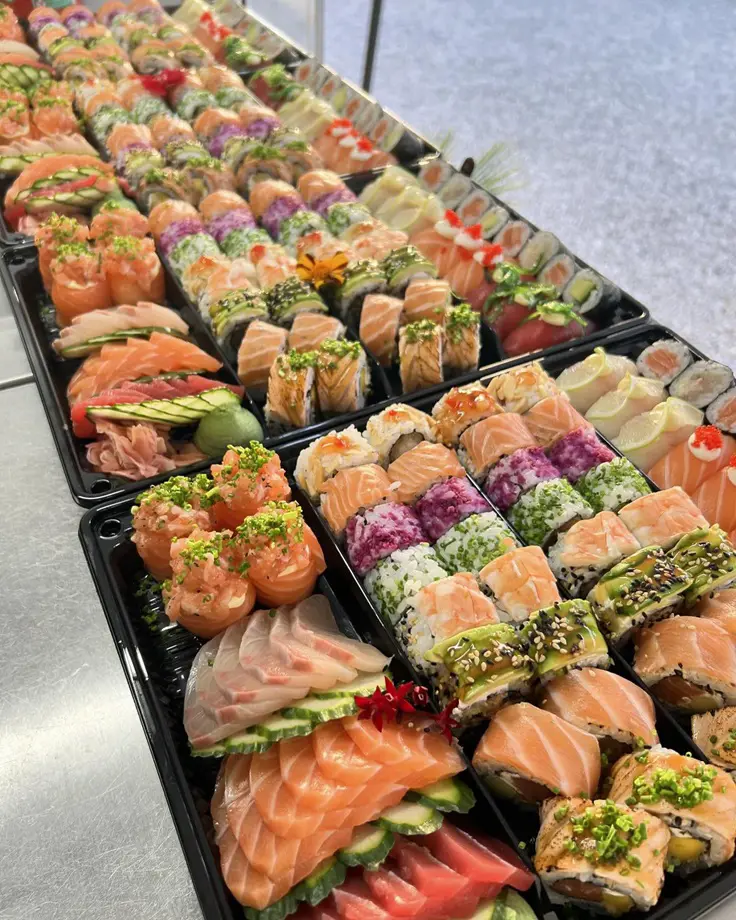20 Types of Mushrooms from Around the World
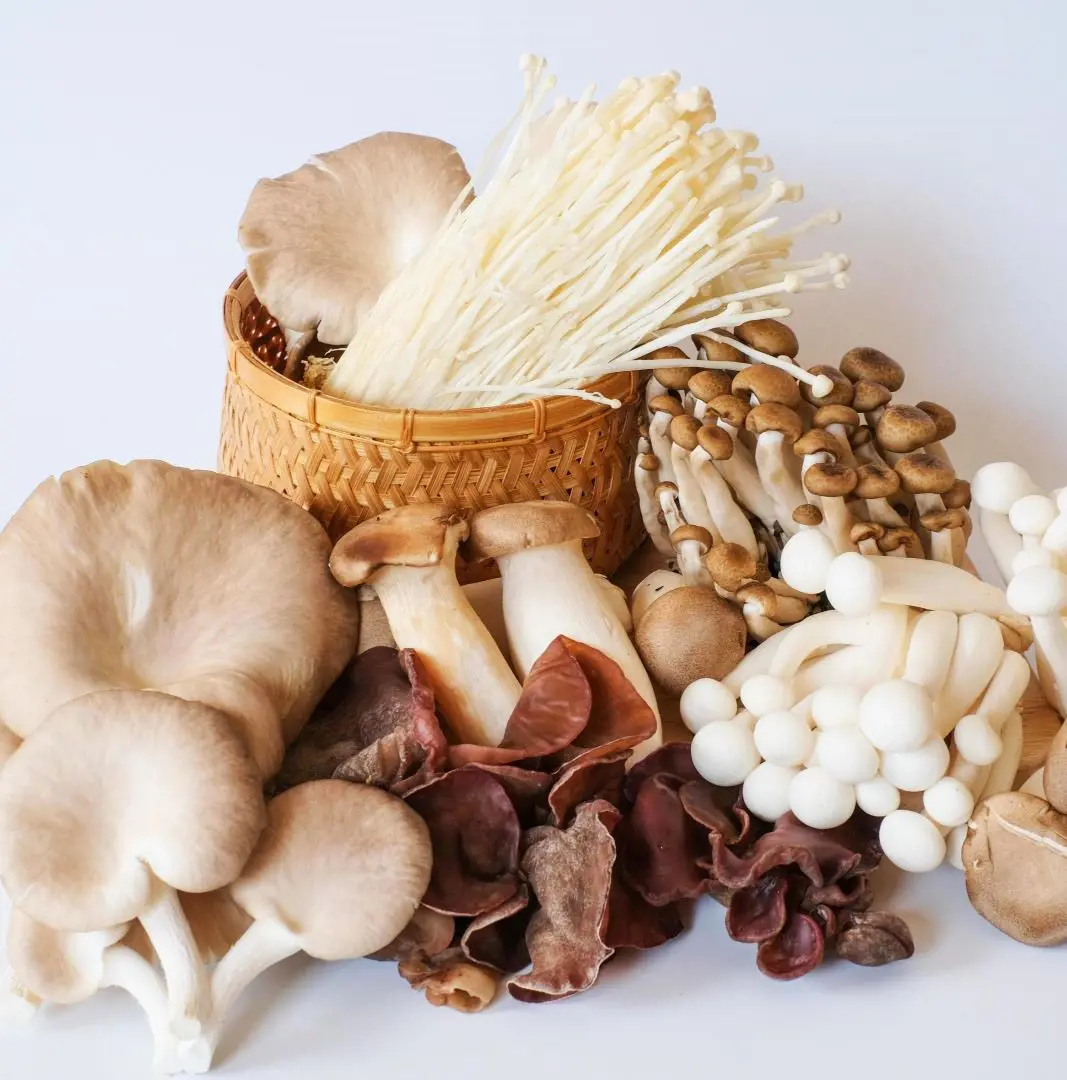
This post may contain affiliate links. If you make a purchase through links on our site, we may earn a commission.
Mushrooms belong to one of the classes of fungi. The process of reproduction and its functions make them different from plants. It is a fleshy part of a fungus that produces spores, known to be the fruit and seeds of the mushroom.
Mushrooms are nutrient-dense vegetables that help in weight management, immunity, and preventing dangerous diseases like cancer. Here we have categorized a list of both edible and poisonous mushrooms from around the world.
1. Enoki Mushrooms
- Type: Edible
- Scientific Name: Flammulina velutipes
Enoki mushrooms, also known as enokitake, are the most popular mushrooms used in Asian cooking. These mushrooms are safe for consumption, and they come on long stems with small, shiny white caps attached to them. The stems grow close to one another and are often white or brown.
This mushroom is often used in a popular Japanese dish, ramen. They have a mild and crunchy texture. However, be careful while harvesting enoki mushrooms, as they look similar to poisonous mushrooms like autumn skullcup.
2. Oyster Mushrooms
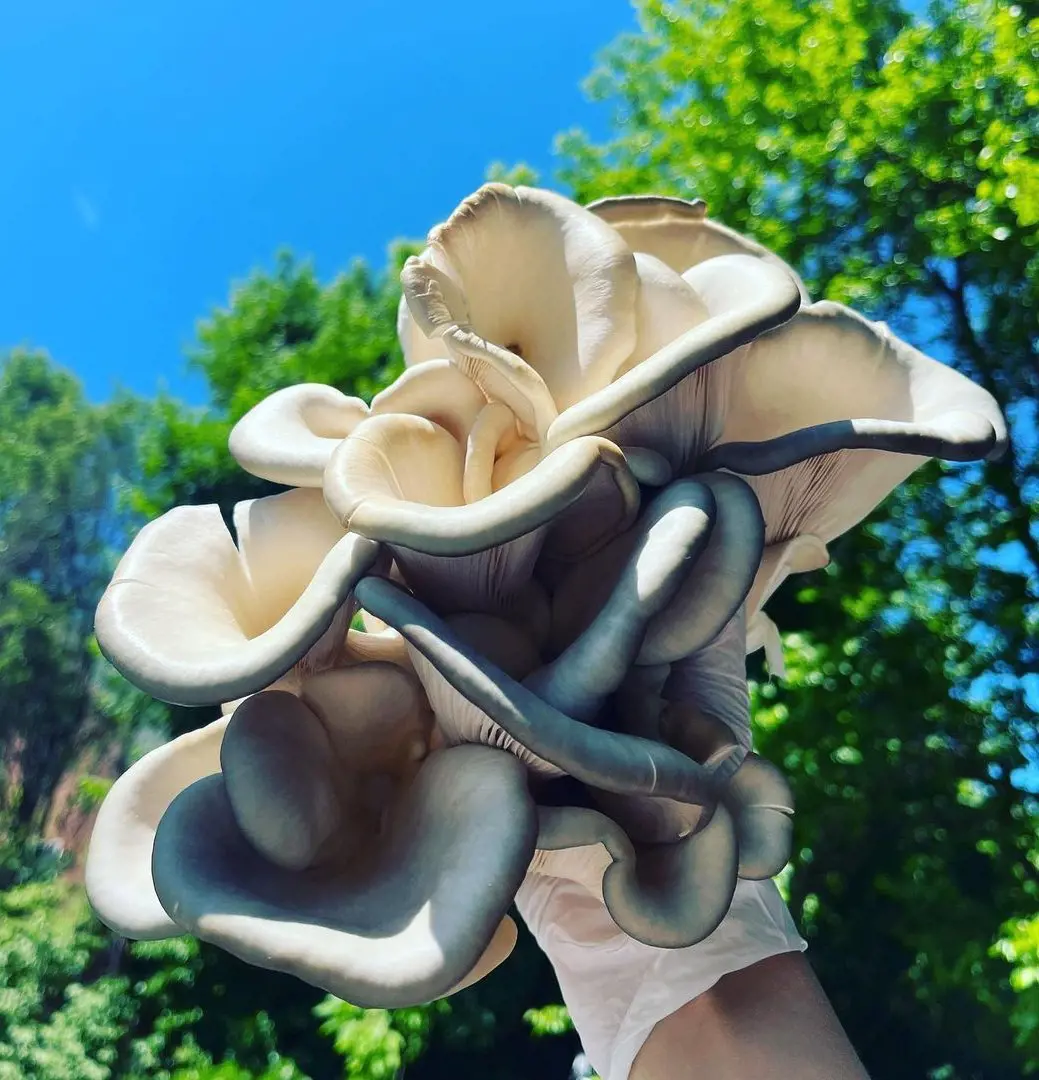
- Type: Edible
- Scientific Name: Pleurotus ostreatus
Oyster mushrooms are popular among home growers. In the wild, they are mostly grown on the sides of trees. Their texture is different from the common button mushrooms. It is the shape from which this mushroom derives its name.
They are a plant-based protein powerhouse for vegans and vegetarians. They often grow on deciduous hardwood trees. They are best suited to stews, or you can prepare mushroom tacos or instant pot japchae.
3. Button Mushroom
- Type: Edible
- Scientific Name: Agaricus bisporus
The most popular mushroom consumed throughout the world is the white button mushroom. China is the largest producer of this mushroom. The color determines the name and state of immaturity. White mushrooms are sold as button mushrooms, and brown mushrooms are called chestnut mushrooms.
Once their caps enlarge, they are termed Portobello mushrooms. The fleshy fiber and umami taste of this mushroom release a satisfying feeling. Button mushrooms can be made into a vegetarian soup, such as creamy mushroom soup, that takes 30 minutes to prepare.
4. Death Cap
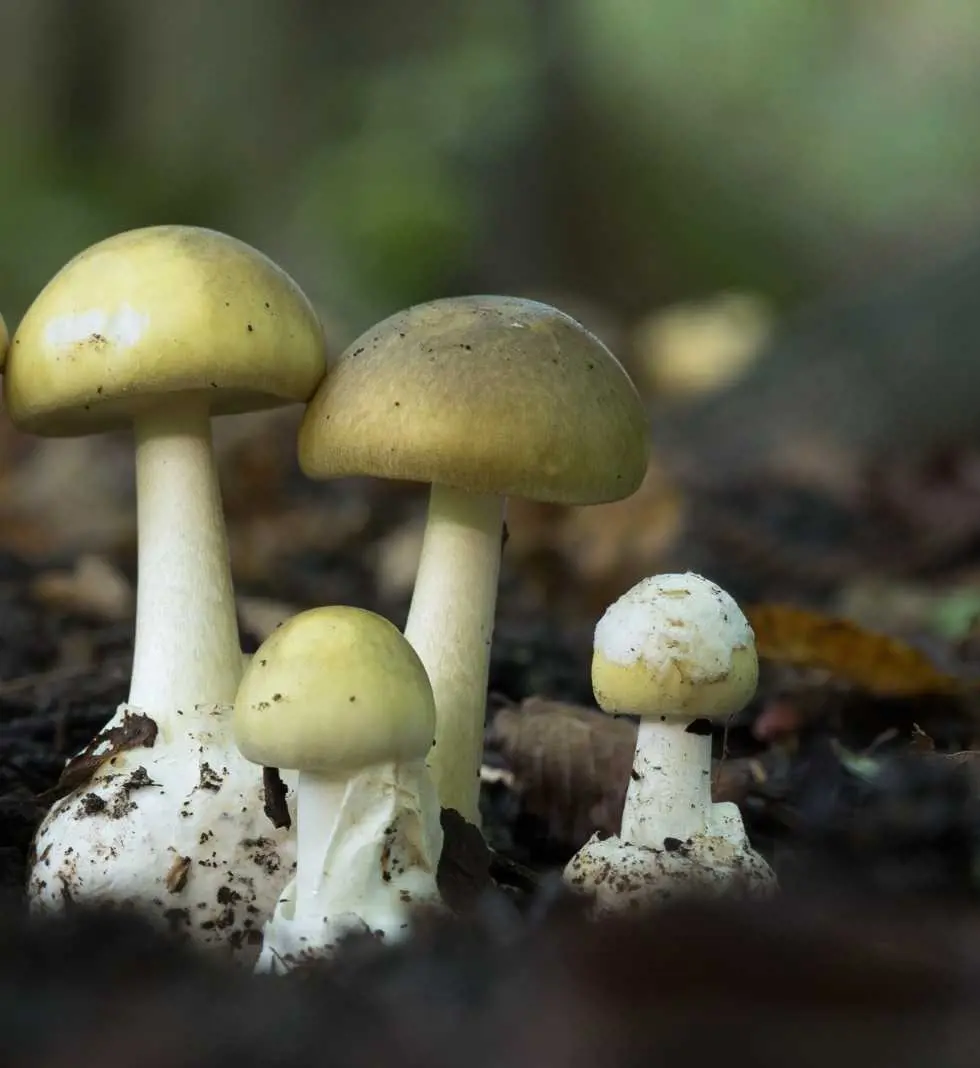
- Type: Most Poisonous
- Scientific Name: Amanita Phalloides
The death cap falls under the category of toxic and dangerous foods that can cause fatal injury to health. This mushroom is responsible for almost half of the mushroom-related fatalities. People often get confused between death cap and edible varieties of field mushrooms.
One way to identify it is by its pale yellow color, with slightly spaced gills that do not touch the stem. It also has a limited veil attached. Consuming this mushroom can cause liver failure. These deadly mushrooms mostly reside near oak trees.
5. Morel Mushroom
- Type: Edible
- Scientific Name: Morchella esculenta
Morel mushrooms are one of the most expensive and hard-to-find edible mushrooms. Cultivating these mushrooms is tough, which is why they are found mostly in the wild.
People earn massive money selling morals to top-notch restaurants. The best time to harvest is during the rainy season. Morels are popular in French cuisine. They have a nutty and earthy flavor with a home-comb-like texture.
Cooked morels have a meaty, soft texture. Due to massive unavailability, morels are usually sold dry. Fan-fried morels can be used to make healthy vegetarian salad recipes with avocados, tomatoes, and arugula.
6. False Parasol
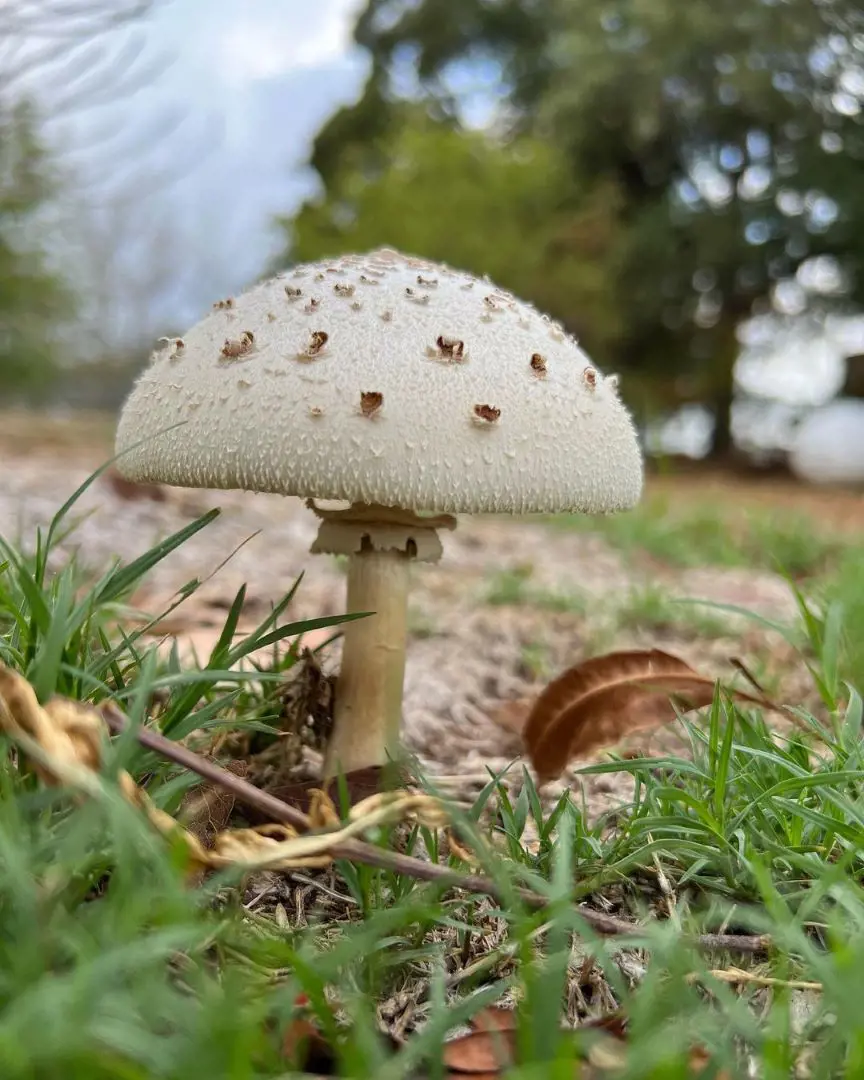
- Type: Poisonous
- Scientific Name: Cglorophyllum molybdites
False parasol is one of the most commonly consumed poisonous mushrooms. They have a similar appearance to edible parasol mushrooms and are grown in unpolluted grass. Fortunately, they are not lethal but can cause gastrointestinal diseases like vomiting, diarrhea, and poisoning in some.
They have a long stem with a green spore print. Originally, the cap remained smooth and dry but gradually changed to light brown patches or scales. It is sometimes called Green-spored Lepiota due to its unique green spore prints
7. Porcini Mushrooms
- Type: Edible
- Scientific Name: Boletus edulis
A seasonal mushroom that is highly admired but problematic to cultivate Widely found throughout Europe, the US, and Asia, the soil and climate of this region contribute to a strong aroma and excellent flavor. They usually grow in deciduous and coniferous trees during spring and autumn.
They are rich in antioxidants, anti-inflammatory, antibacterial, and anti-viral compounds. They can be eaten raw, dried, or cooked in any form. Porcini works well in soups, pasta, stews, sauces, and stuffings. The Portobello mushroom sandwich is a mouthwatering recipe.
8. Chicken of the Woods
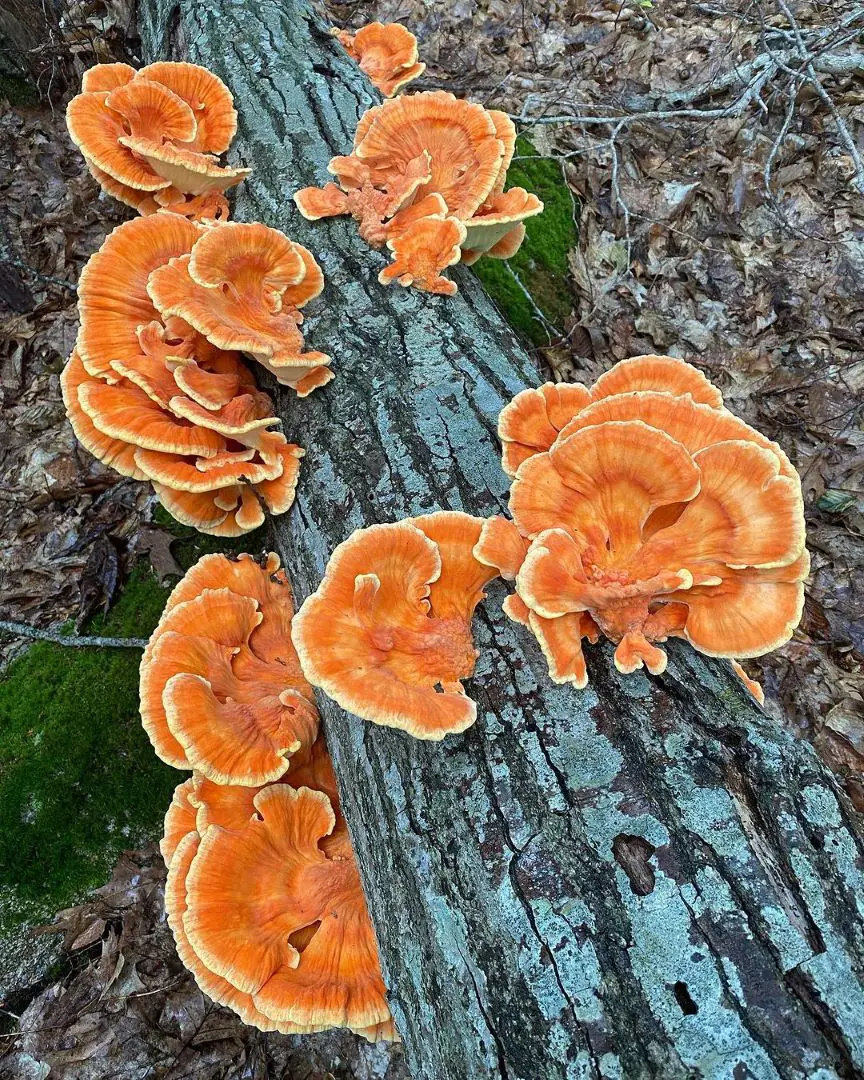
- Type: Edible
- Scientific Name: Laetiporus sulphureus
Chicken of the Woods mushrooms look like a magical fungus due to their overgrowth. It is clear from the name that this mushroom tastes like chicken. Some believe that it has a taste similar to lobster.
Although everyone might have a different flavor profile, the fact that it tastes like meat is undeniable.
Therefore, this is a great alternative to meat and a great protein source for vegans and vegetarians. Chickens of wood can be easily identified by their bright orange color and a yellow ring on the edge.
9. Hedgehog Mushroom
- Type: Edible
- Scientific Name: Hydnum repandum
Hedgehog, also known as sweet tooth or wood hedgehog, is a type of fungus root. It is commonly grown in North America, Australia, and Europe during the summer, autumn, and winter.
Hedgehogs are easily recognized due to their yellow or orange cap, sharp toothy layers under the cap, and fruity aroma. They have a pepper-like, crunchy, and meaty flavor with a smoky undertone.
Their taste makes them a versatile ingredient that can be used in any dish. These mushrooms are rich in protein and B vitamins and may contain anti-tumor or anti-microbial properties.
10. Honey Fungus
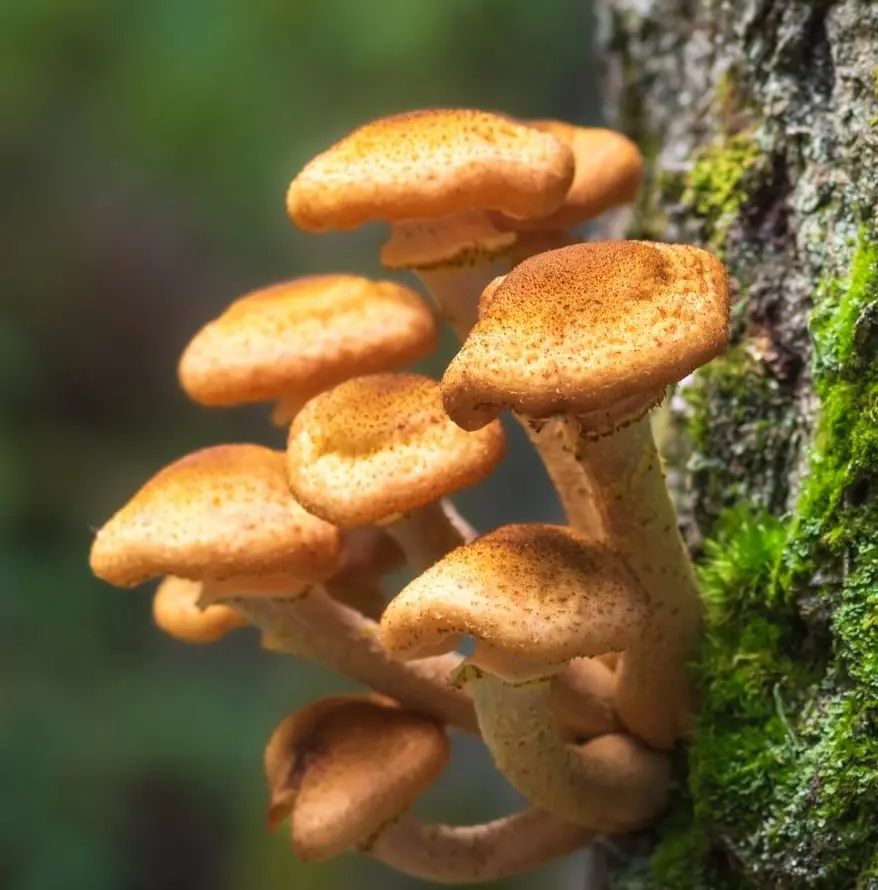
- Type: Edible
- Scientific Name: Armillaria mellea
Honey fungus is another highly demanded wild mushroom that is difficult to find. Being one of the few parasitic mushrooms makes them unique. They are often found around the base of ill trees and sustained through deciduous trees.
The color of this mushroom resembles that of honey, and it grows in bunches. This mushroom is poisonous in its raw state. Boil them before eating or shallow fry them to combine with a warm bowl of millet and kale, making it a hearty vegan dinner recipe.
11. Cauliflower Mushroom
- Type: Edible
- Scientific Name: Sparassis Crispa
They are edible and highly-priced mushrooms, often called wood cauliflower or noodle mushrooms. These mushrooms look similar to cauliflower, coral, or brain. They usually feed on the roots of the trees, specifically oaks or pines, but are difficult to find. The rainy season marks the beginning of the good mushroom season.
The texture of this mushroom is quite large and may extend to a point where it has deep splits, making it difficult to clean. They have a sweet aroma and taste like hazelnuts. Cauliflower mushroom has parasol, a nutrient known to have anti-fungal and antibiotic effects.
12. Crab Brittlegill
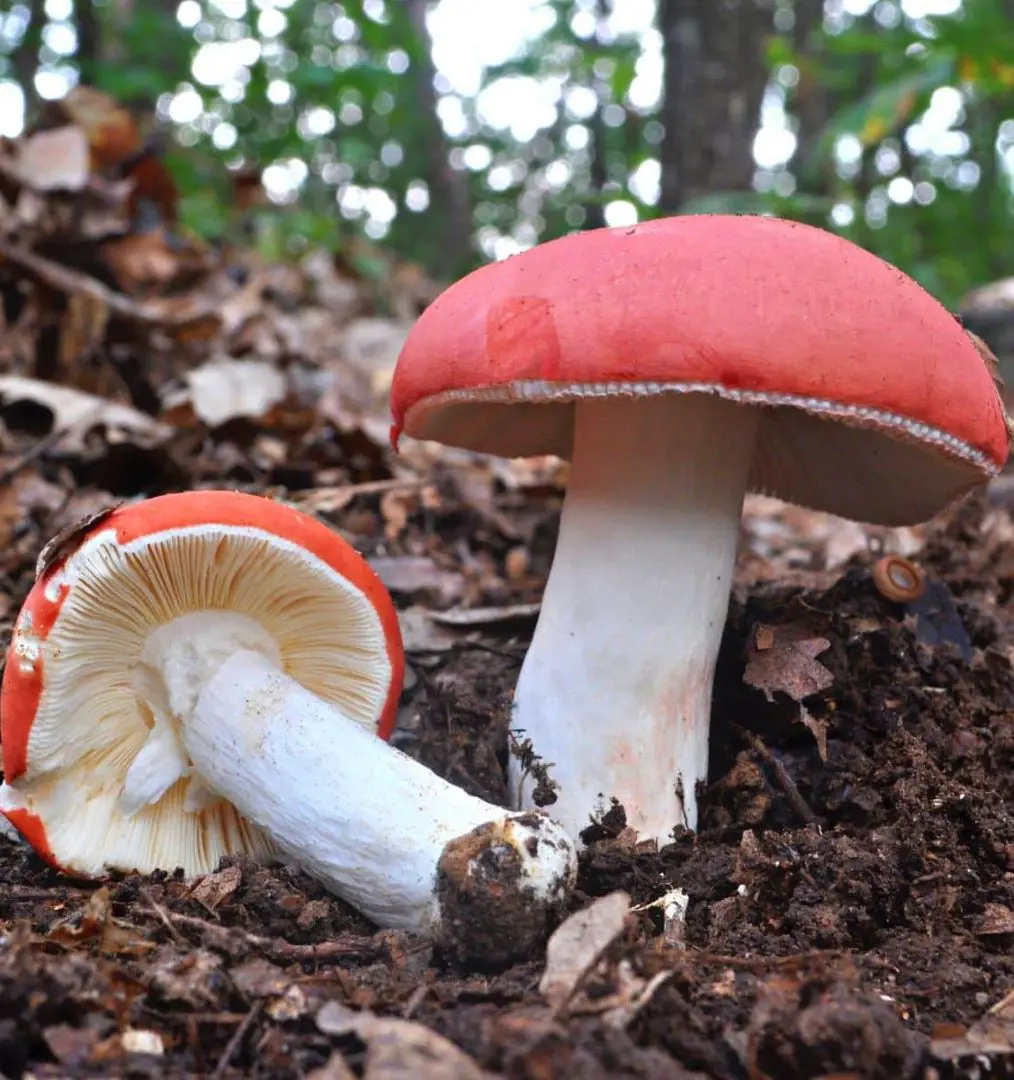
- Type: Edible
- Scientific Name: Russula xerampelina
The crab brittlegill is the most ordinary edible mushroom in the russula group. The reason for its name is the seafood scent it releases before and after cooking.
It has a mild flavor, but its smell restricts people from using it in limited dishes. The mushroom grows in evergreen woodlands across North America and Europe. It has a regular shape with a rounded cap and a broad stem.
The upper part of the cap is deep red with white gills and stems. These mushrooms are often overlooked due to their poor quality compared to other admired mushrooms.
13. Brown Roll-Rim
- Type: Poisonous
- Scientific Name: Paxillus involutus
Till the early 1990s, this mushroom was listed as an E2 mushroom that did not cause major harm unless eaten raw. However, in recent years, they have become moderately to severely toxic and can cause the immune system to attack and puncture red blood cells.
You might not know the effect it has caused even after years of consumption. In due course, it causes kidney failure, physical shock, and respiratory failure. All species of the Paxillus group are inedible, including Paxillus involutus, and should be avoided.
14. Giant Puffball
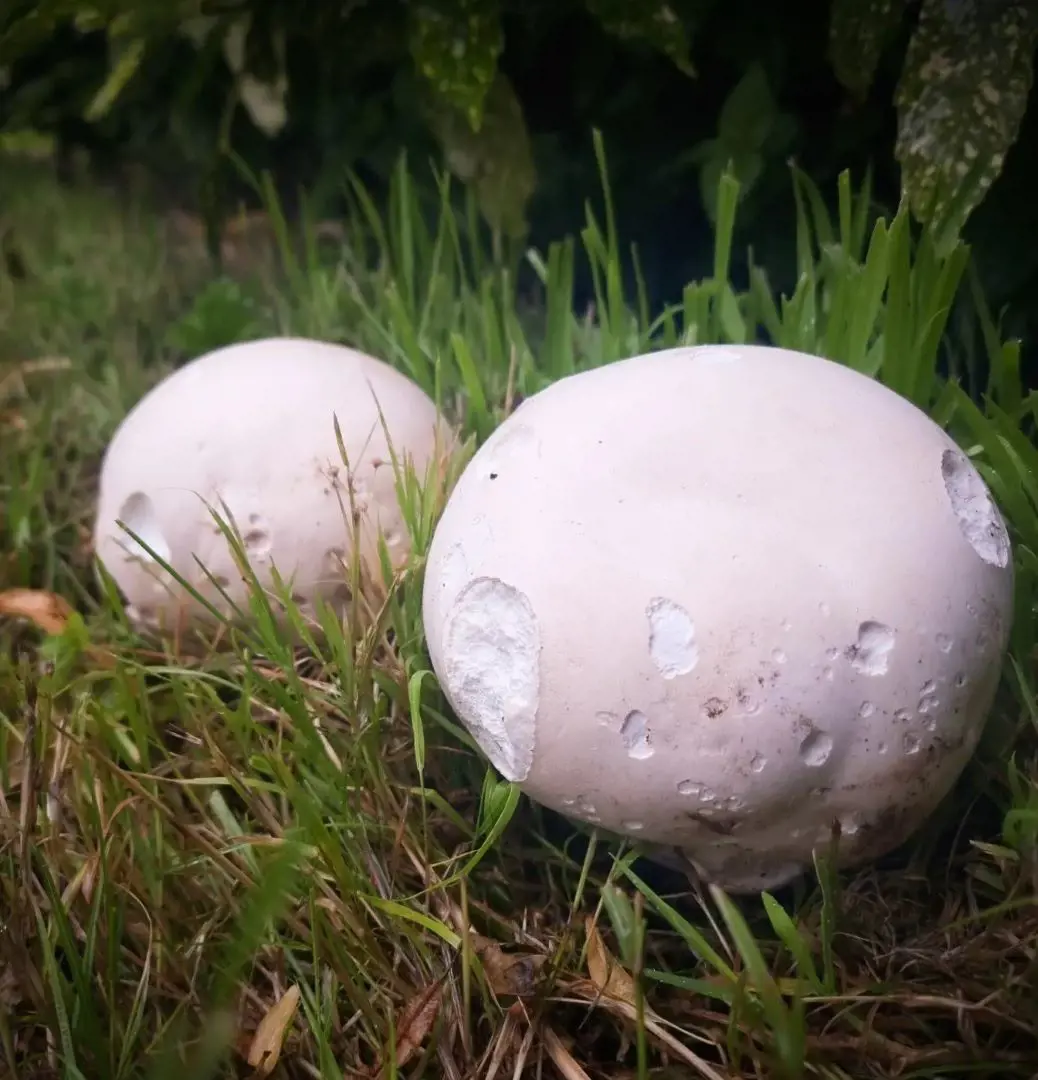
- Type: Edible
- Scientific Name: Calvatia gigantea
Giant puffballs are huge, white, rounded, consumable mushrooms. They do not contain a particular cap or stem and grow as a large, white ball. They can be found in fields, meadows, parks, and grassy areas between August and October.
This edible delight is best consumed when it is softball-sized or smaller, although it can still taste good when it is a bit bigger. They should be consumed before they mature. It must be pure white with a firm body. It turns poisonous when the white part turns brown or yellow.
15. Destroying Angel
- Type: Most Poisonous
- Scientific Name: Amanita bisporigera
Destroying angels fall under the category of amatoxins based on their toxic compounds. They are the most dangerous variety of poisonous mushrooms that might end someone's life. This mushroom has a vibrant white cap and stem. It also accounts for massive life losses due to mushroom poisoning.
The symptoms after consuming this mushroom might not be evident for up to 6–24 hours. Common symptoms include diarrhea, vomiting, and cramps. Gradually, it leads to kidney and liver failure and might be fatal.
16. Shiitake Mushroom
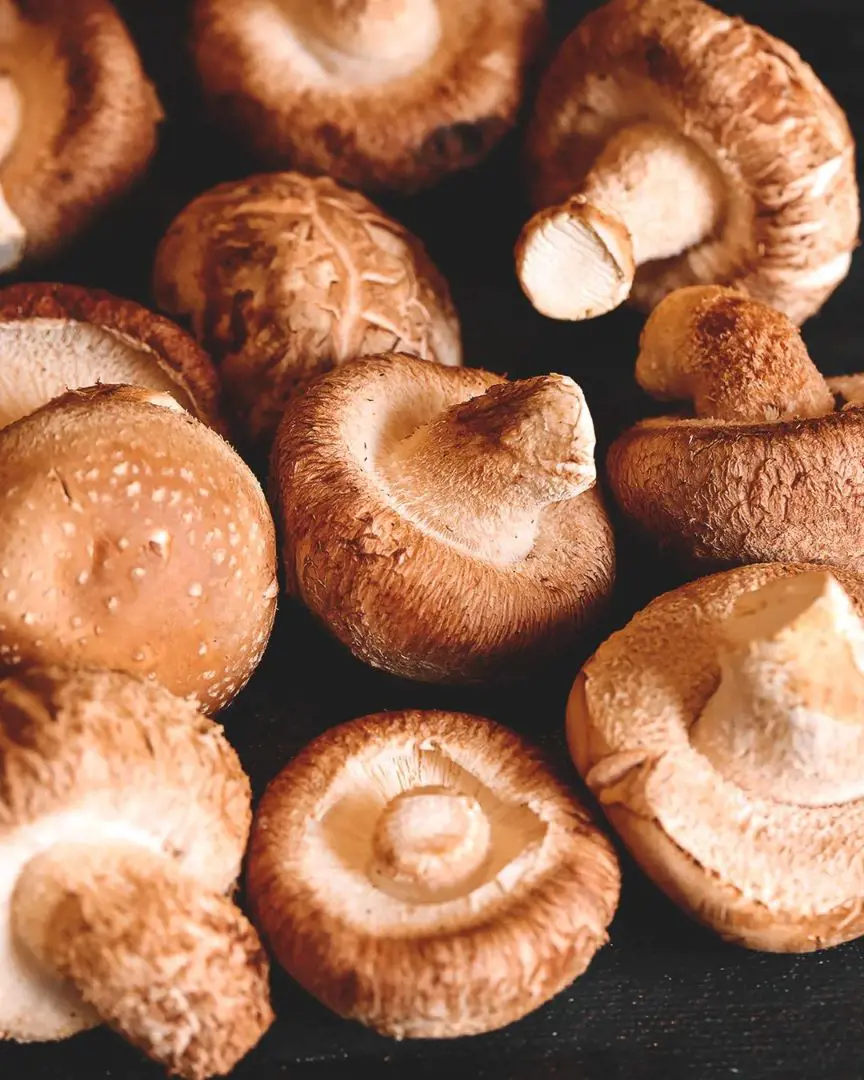
- Type: Edible
- Scientific Name: Lentinula edodes
Shiitake is an edible mushroom native to East Asia. Today, it is grown all around the globe. It is used as a medicinal element in some traditional medicines. It has a rich, buttery, or umami flavor. They have a distinct texture with tough stems that are often removed while cooking.
Shiitake mushrooms are a good source of crucial vitamins and minerals, including vitamin D, copper, potassium, and others. They are rich in choline, an essential nutrient with many health benefits. 1 cup of shiitake mushroom has 116 mg, or 21% of the DV for choline.
17. Elfin Saddle
- Type: Poisonous
- Scientific Name: Gyromitra infula
The elfin saddle mushroom was considered safe to consume after cooking for many years. A correct cooking method could have made them edible. However, they have become poisonous in recent years. The toxins it contains do not break down even after cooking, and its impact lasts for many years.
The name of this mushroom is the result of its saddle shape upon maturity. They are also called hooded false morels due to their immaturity.
18. Jack O'Lantern
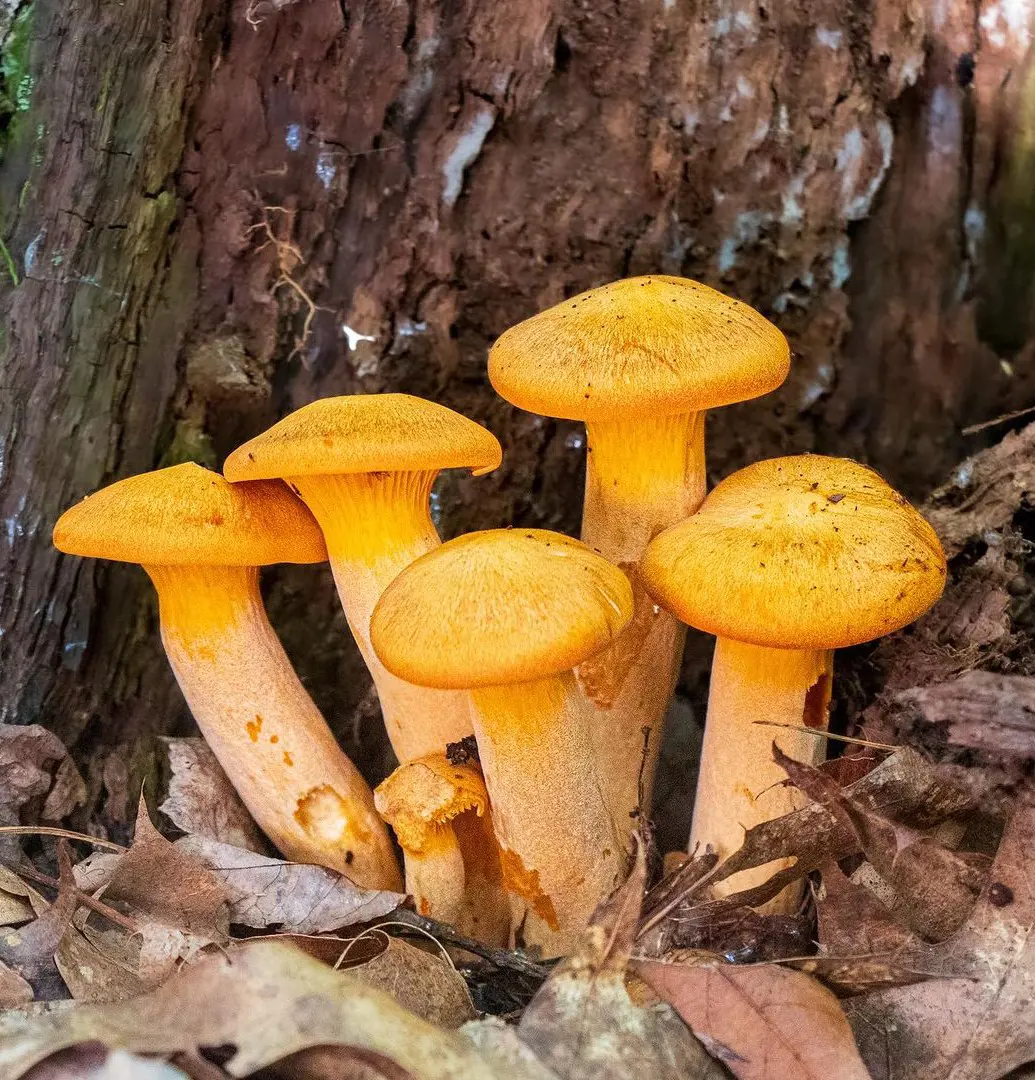
- Type: Poisonous
- Scientific Name: Omphalotus illudens
The Jack O'Lantern is a big, bright orange-colored mushroom often seen around the base of hardwood trees. They look similar to Chanterelle and Chicken in the Woods mushrooms. You can differentiate Jack O'Lantern by their fleshy appearance and ability to grow in larger clumps.
They are occasionally fatal when consumed but possess toxins that cause cramps, diarrhea, and nausea. They are usually available in the fall and summer seasons. Due to the attractive nature of this mushroom, many people have fallen prey.
19. Autumn Skullcap
- Type: Most Poisonous
- Scientific Name: Galerina marginata
Autumn skullcap, aka funeral bell or deadly skullcap, is a lethal poisonous mushroom found throughout the Northern Hemisphere in different shapes and colors. They have a smooth, round brown cap and yellow or rusty, slim gills. It contains amatoxins, phallotoxins, and virotoxins.
This mushroom takes time to release symptoms, and once it starts, due to kidney and liver failure, a person could lose his life. One might mistake it for edible mushrooms that grow on wood, such as velvet foot and honey mushrooms.
20. Lion's Mane
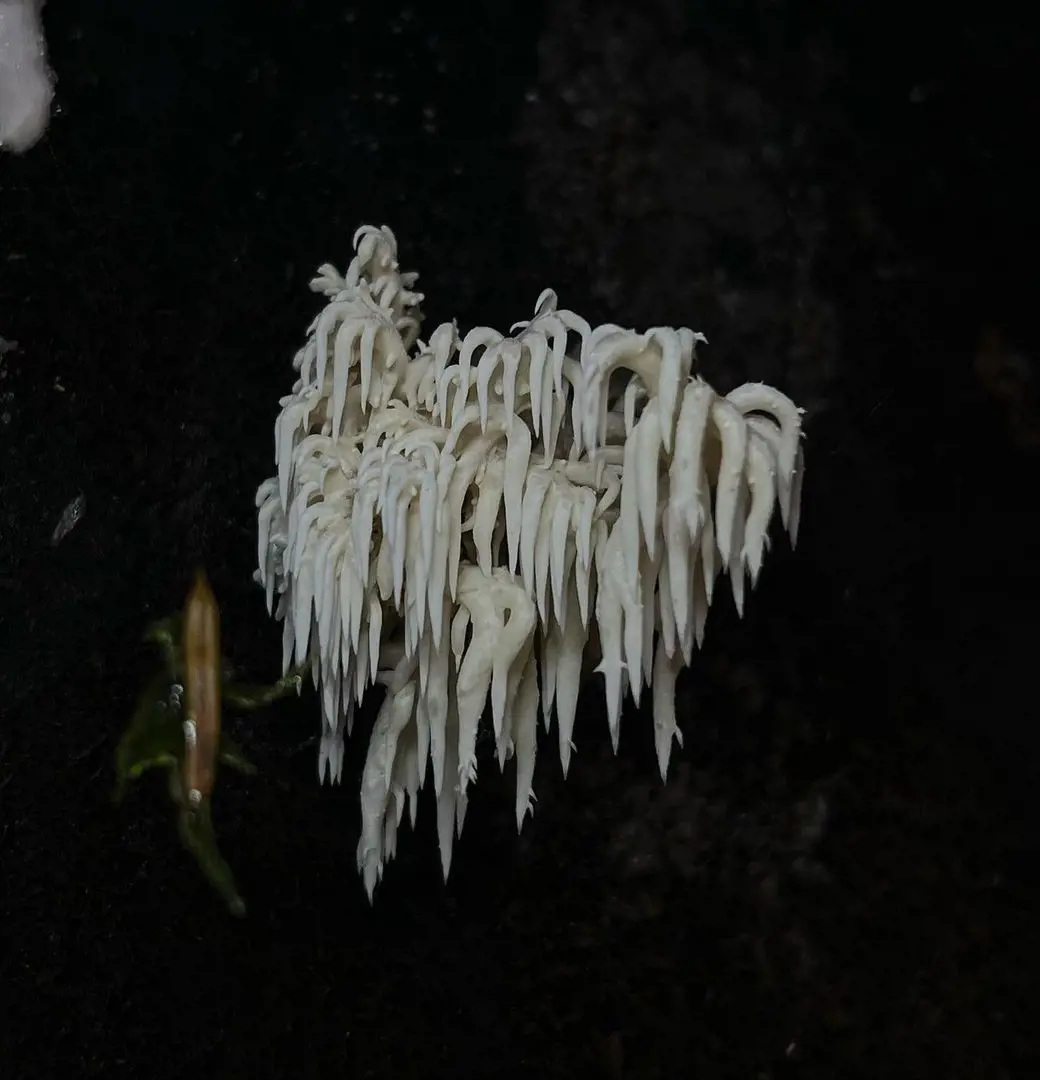
- Type: Edible
- Scientific Name: Hericium erinaceus
The Lion's Mane has a different growth model that makes it unique from almost all other mushrooms. They have long, teeth-like gills that keep growing to form hairy chunks. They are known to have incredible medicinal effects, including a healthy brain, an enhanced immune system, and better focus.
They are a rich source of protein, supplying 2.4 grams of protein per 100 grams. The best way to consume lion's mane is by adding it to soups, stews, or gravies.
Recent posts
Nutrition
Nutrition
Liquorice Root: Benefits And Uses
You can spell it liquorice or licorice; this herb or root has been in use for centuries in most medicinal applications, as a natural sweetener and to enhance flavors. Regarding its origins, it comes from the root of the "Glycyrrhiza galbre" plant and...
Nutrition
Is Ramen Healthy? Here's What Dietician Says
Ramen is a traditional dish from Japan that in the recent era has become a global phenomenon. This beloved and comforting soupy dish however has been questioned, when it comes to its nutrition. Best for those looking for a quick (instant), affo...
Nutrition
Is Wheat Bread Healthy? An Expert Picks
Wheat bread has been proudly celebrated as a dietary staple in countless homes for as long as people can remember. It has earned a reputation as a healthier alternative to white or any other processed bread, that no one can deny. Because of its evide...
Nutrition
Is Sausages Healthy? Nutrition And Health Benefits
Sausages are tasty in an addictive way, making them one of the most popular foods worldwide. You may have enjoyed this convenient food often, whether on a bun with mustard or grilled on a barbecue, the simple preparation methods are what makes its co...
Nutrition
Ice Cream Benefits: Nutrition, Potential Risks And Best Choices
Not gonna lie, ice cream is often taken as a guilty pleasure treat, a delightful treat that takes you to cloud nine but is frequently associated with negative health implications. Nonetheless, the happy news is when devoured mindfully, ice cream can ...
Nutrition
Is Sushi Healthy? Some Good and Bad Choices
Sushi is a wholesome meal and a beloved Japanese dish. The traditional sushi recipe is a simple combination of fresh fish, vegetables, and vinegared rice which is popular for its minimalistic preparation. As with any food, there are factors that dete...
